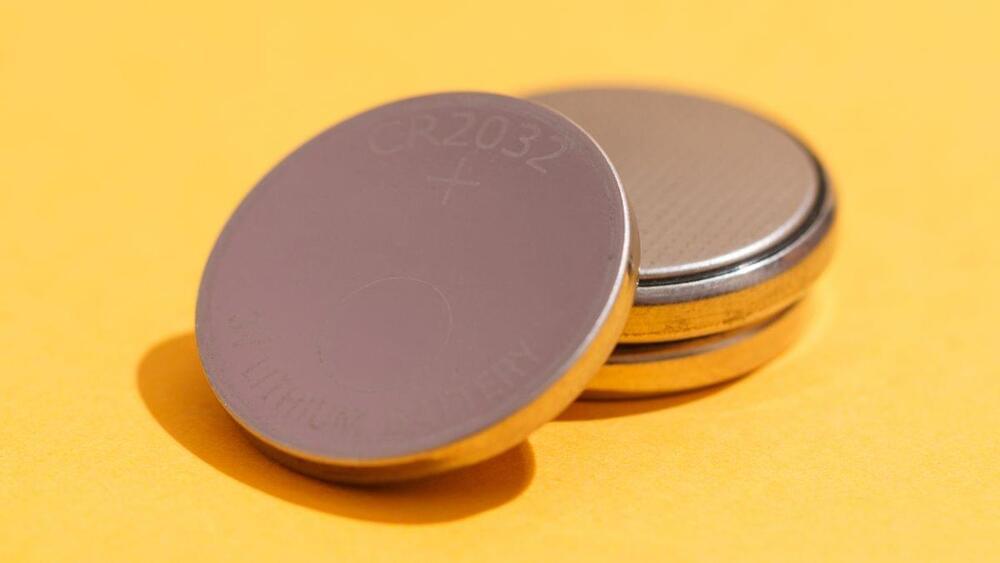Neoplants has bioengineered a houseplant that uses bacteria to remove indoor air pollution from your home.



A Birmingham researcher has developed a new high-throughput device that produces libraries of nanomaterials using sustainable mechanochemical approaches.
Dr. Jason Stafford from the University’s School of Engineering invented the platform to create highly controllable reaction conditions and reduce the substantial amount of time researchers spend generating materials in the laboratory.
The benchtop device is a fully automated unit that can be programmed for parallel synthesis to produce a series of novel materials made in subtly different ways, so creating a library of advanced materials or product formulations for further testing and optimization.
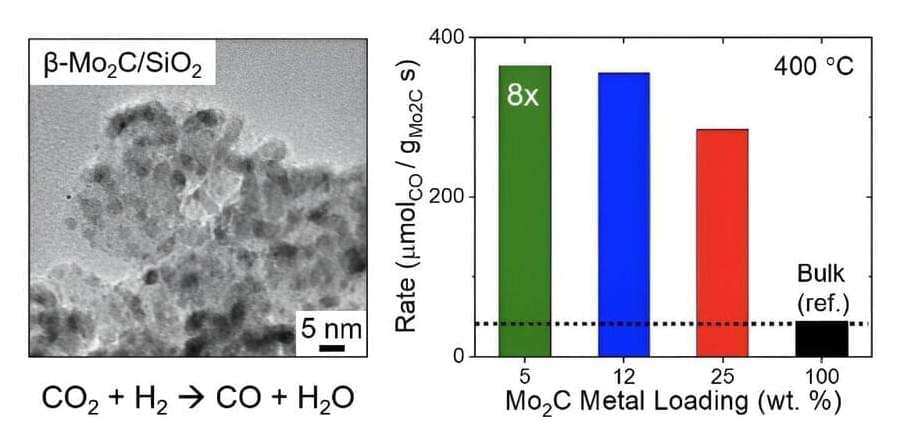
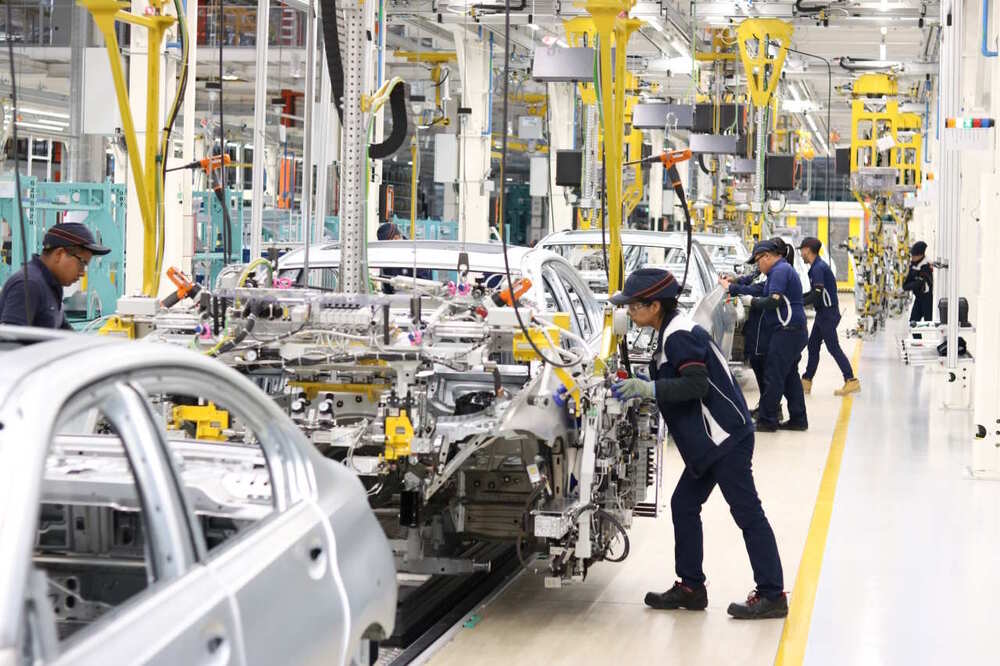
The number of electric vehicles (EVs) exported from Germany rose sharply in 2023, meaning that EVs accounted for about one quarter of all car exports that year, the country’s statistical office Destatis has said.
The country exported about 786,000 fully electric cars for a total value of roughly €36 billion ($A61.8 billion) – an increase of 58 per cent compared to 2022.
The most important destinations for EVs produced in Germany were the Netherlands, the UK and Belgium, Destatis added. Imports of EVs to Germany climbed about 23 percent to 446,000 units, with more than a quarter coming from China.
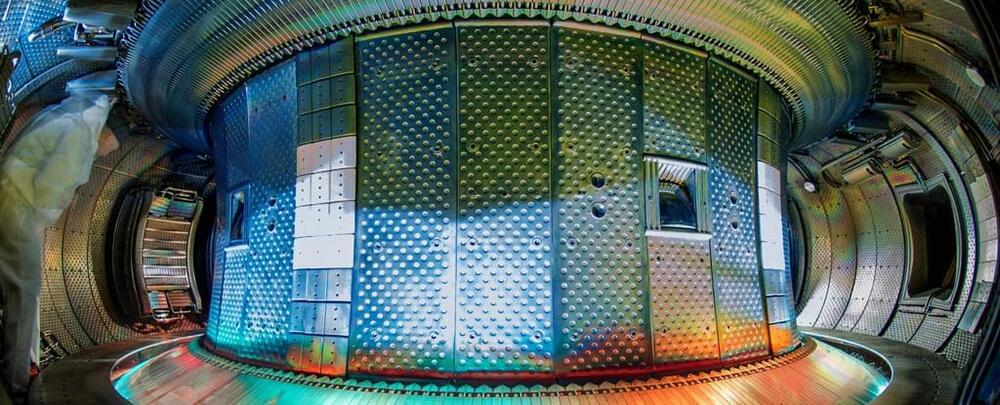
A fusion reactor in southern France, called WEST, just achieved an important milestone that brings us one step closer to clean, sustainable, nearly limitless energy.
Scientists at New Jersey’s Princeton Plasma Physics Laboratory, who collaborated on the project, announced today that the device created a super-hot material called a plasma that reached 90 million degrees Fahrenheit (50 million degrees Celsius) for 6 straight minutes.
The ultimate goal is to sustain a super-hot plasma for many hours, but 6 minutes is a new world record for a device like WEST. Other nuclear reactors similar to WEST have created hotter plasmas, but they haven’t lasted as long.
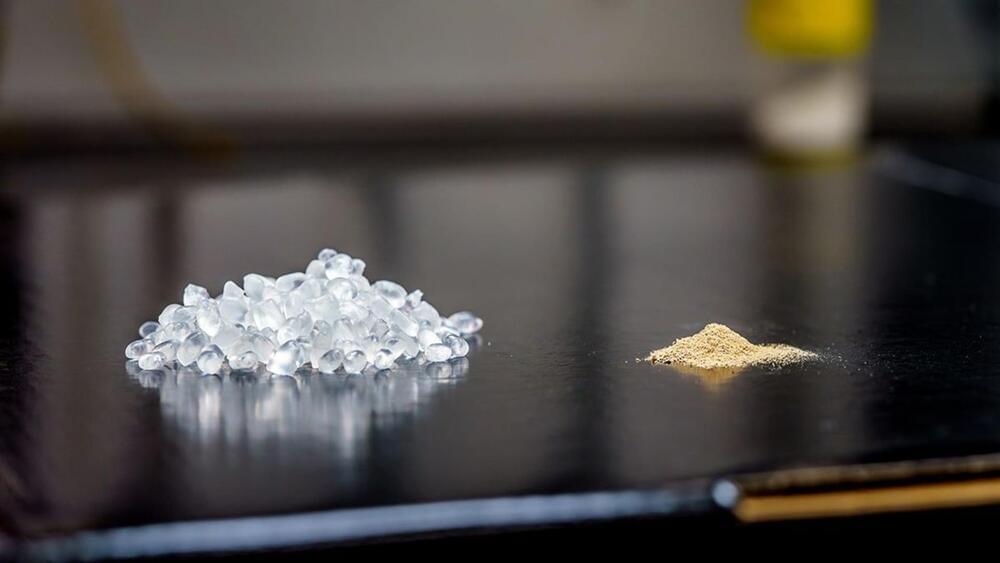
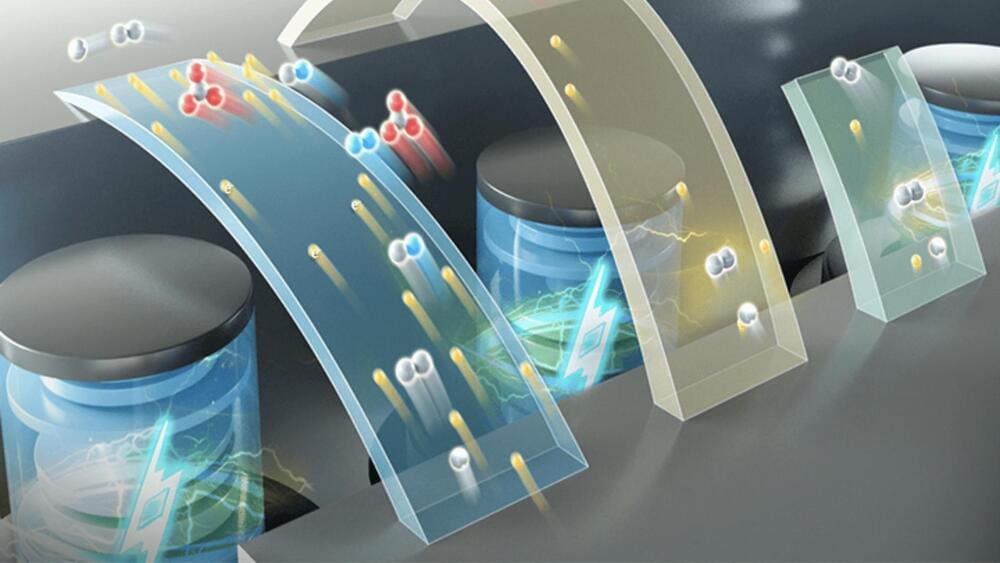
Researchers in China have developed a water-based battery, which is claimed to be much safer and energy-efficient than “highly flammable” non-aqueous lithium batteries.
Interestingly, the researchers say that these new batteries will be twice as energy-dense as traditional lithium-ion options. This holds the potential to revolutionize the electric vehicle industry.
Moreover, aqueous batteries use water as the solvent for electrolytes, enhancing their safety. Traditional non-aqueous lithium-ion batteries have a high energy density, but their safety is compromised due to the flammable organic electrolytes, a component that allows the battery to charge and discharge, they utilize.


Researchers at Tohoku University have made a groundbreaking advancement in battery technology, developing a novel cathode material for rechargeable magnesium batteries (RMBs) that enables efficient charging and discharging even at low temperatures. This innovative material, leveraging an enhanced rock-salt structure, promises to usher in a new era of energy storage solutions that are more affordable, safer, and higher in capacity.
Details of the findings were published in the Journal of Materials Chemistry A on March 15, 2024.
The study showcases a considerable improvement in magnesium (Mg) diffusion within a rock-salt structure, a critical advancement since the denseness of atoms in this configuration had previously impeded Mg migration.
